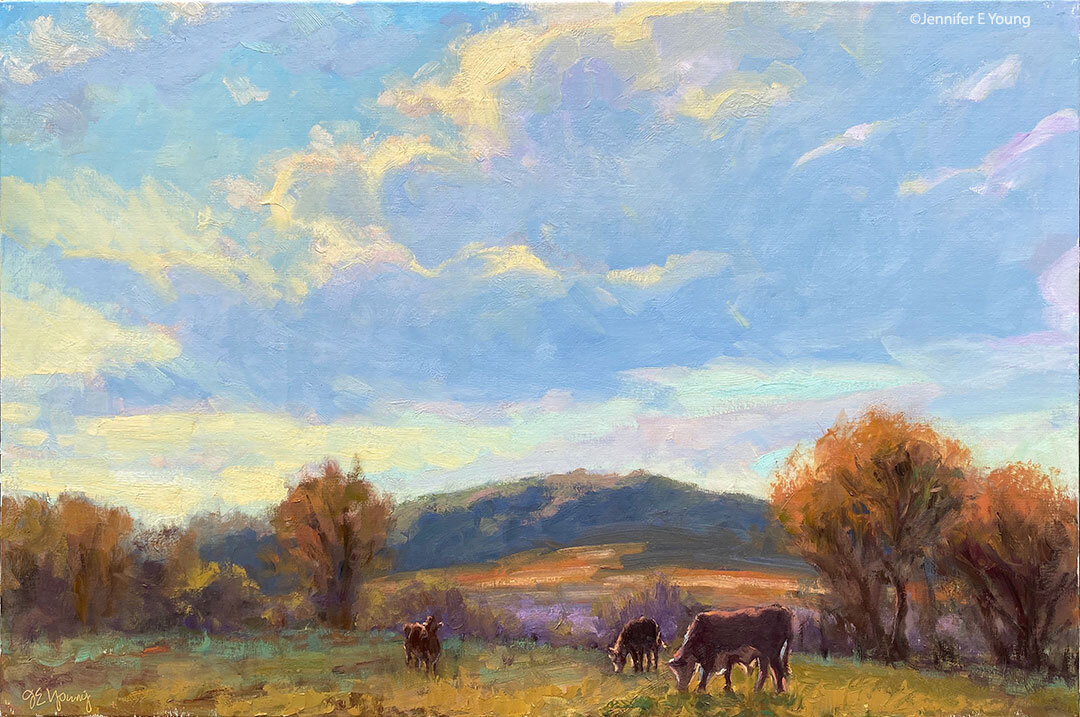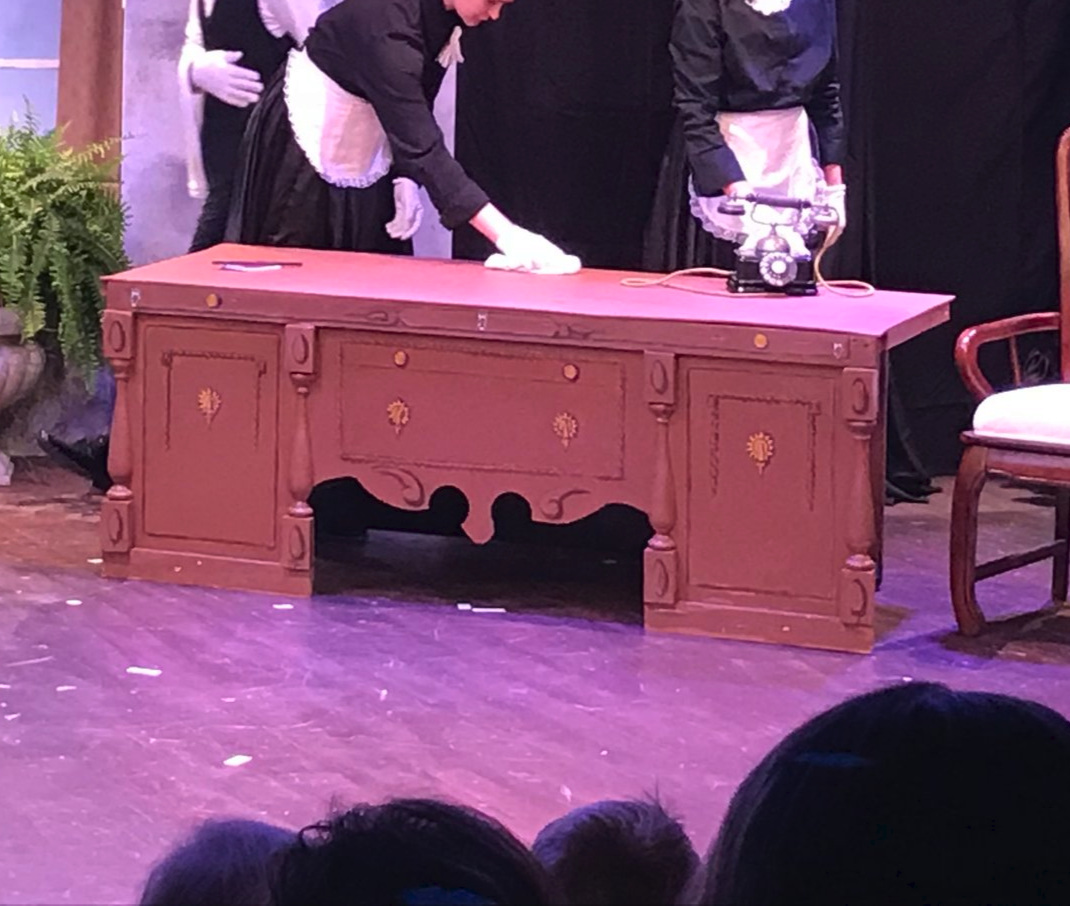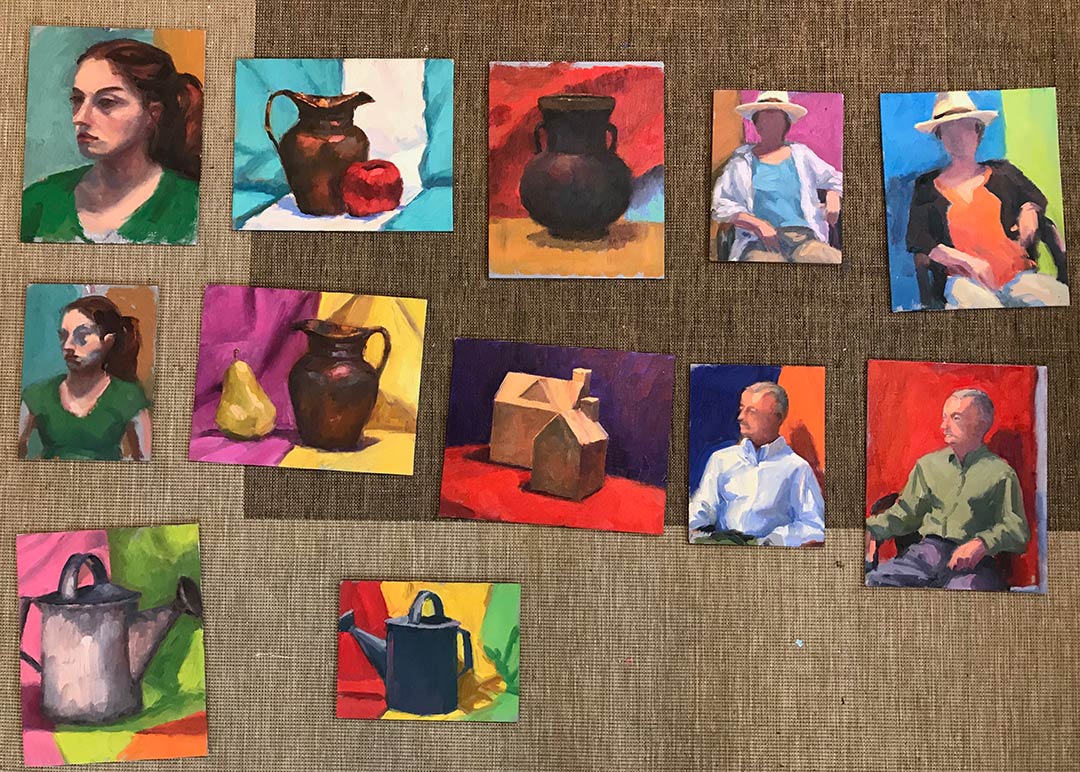Well it has been an interesting time here in Asheville so far. Yesterday it was beautiful and sunny, but C-O-L-D and very windy. The combination made it almost unbearable for most of us. We stuck it out though!!
The way they've organized this workshop is to split the group into two, so that one instructor gets half for half of the week, and the other gets the other half and then they switch. Ken Backhaus was teaching the first half of my workshop. His focus for the class was "the figure in landscape painting".
Okay, so I didn't read the prospectus that well and I had no idea we'd be doing figure painting. Being so excited about painting the landscape here, I was a bit taken aback and somewhat put off by having to paint from the model. I kept looking at this gorgeous land and thinking that if we were going to paint outside in the freezing cold, why not paint the landscape and work from the model indoors any time?
But having taught workshops before I also understood how hard it is to have control over a class and offer something that pleases everyone. In fact, it is nearly impossible! So having remembered "what it's like" I relaxed and decided to just enjoy the teaching, knowing that this was a time to learn and be challenged, not to worry about coming away with any "finished" paintings.
In fact the figure is the most challenging subject a representational painter can attempt. There is a reason why the the old masters started their training by painting and drawing the human figure. If you don't get the proportions right, it is obvious for all to see! And the figure is a great instructor of proportion for any other manner of painting that one might attempt.
Ken started out the workshop with a very interesting and informative session on color mixing. He uses the following limited pallette:
- Ivory black
- Alizarin Crimson Permanent
- Permanent Rose
- Ultramarine Blue
- Raw Sienna
- Cadmium Lemon
- Titanium White
His "color" demo showed how he can mix a myriad of colors from his palette. This palette was somewhat "earthier" than I am used to, but I enjoyed experimenting with it. The one component that I really do not use in my own palette is the Ivory black paint. I'm not really sure it will find its place on my own palette when I return home, but I  think it always helps to learn more about color by limiting the palette. Plus, it is a good way to provide color harmony in your paintings.
After the color demo, Ken showed us how he designed a painting using the figure. He spoke much about how to design the painting using large planes and notes of color. His approach was a bit like composing using puzzle pieces. Everything was about comparison. Comparing one proportion to another, and one value to another. It was very helpful and very informative!
Afterwards, we were able to start a painting of our own using the figure. Unfortunately by that time it was about 30 degrees and the winds were at 20 mph. Most of us were woefully underdressed for the occasion! We all finally had to stop due to the extreme temperatures. Many of us were shaking so bad from the shivers that we couldn't even draw any more. I went out immediately afterwards and bought boots and long johns.
This was a difficult day even for a seasoned plein air painter. Ken is from Minnesota and even he admittedly struggled. I felt for him during his demo, but not as much as I felt for his model! Nevertheless, the days lessons were very instructive.
I've taken some photos but I have yet to figure out how to upload them withouth my usual setup. Once I figure this out I will post some images!
Jennifer Young; Vibrant Landscapes
Oil Paintings and art prints online
www.jenniferyoung.com
Contact

 Â
 















 One of my favorites from this period
"Faith", Oil on Canvas (sold)
One of my favorites from this period
"Faith", Oil on Canvas (sold)














